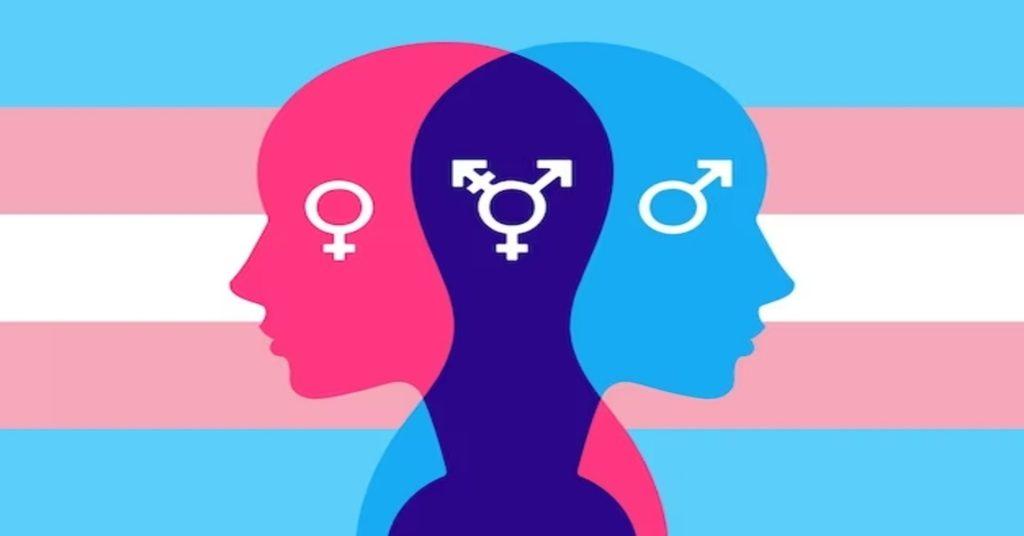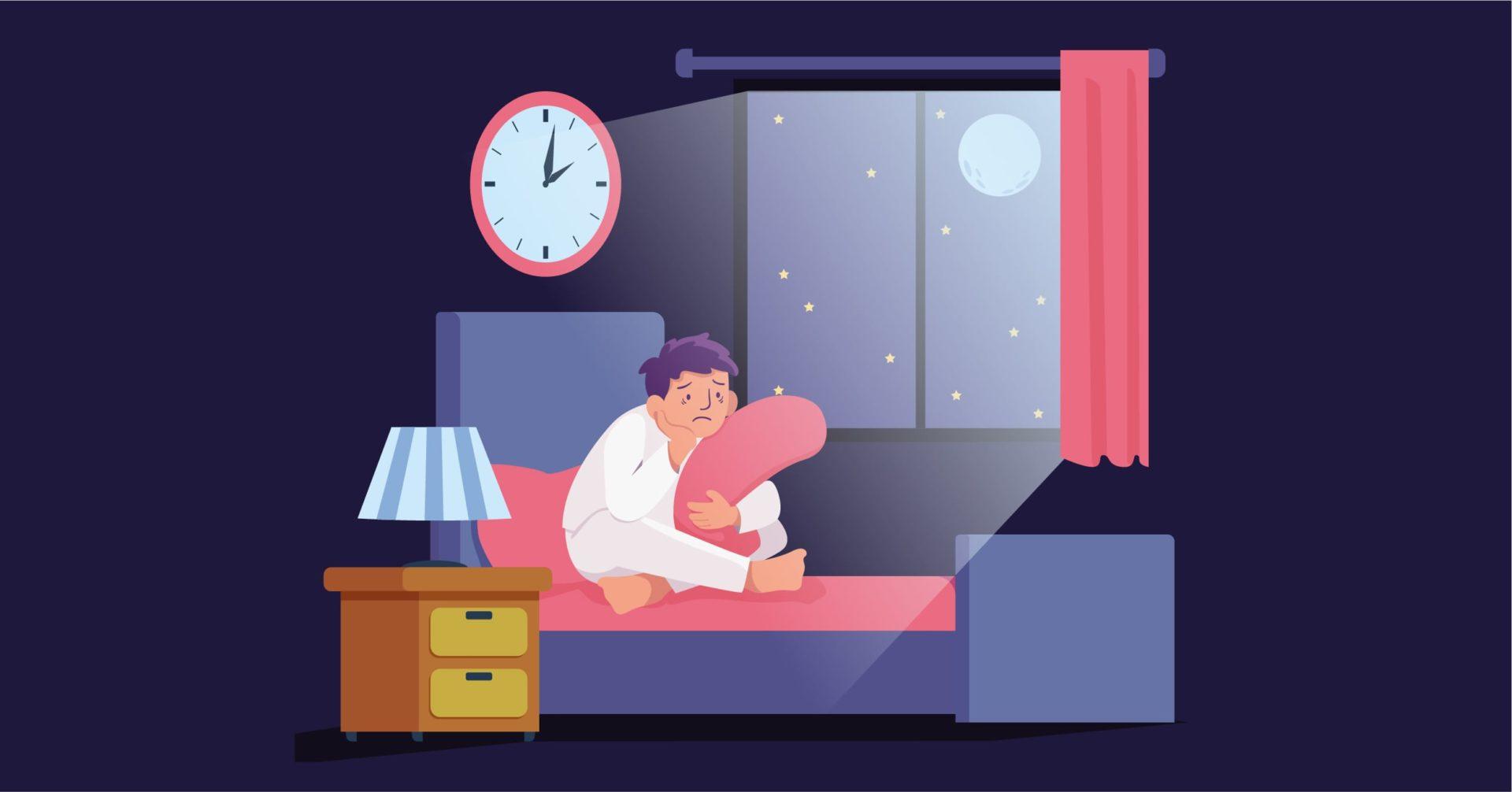Understanding Gender Identity
Gender identity is each individual’s internal and physical experience of gender. At the same time, sex is categorised as male, female, or intersex at birth itself. Hence, the concepts of sex and gender identity are viewed as correlated yet separate.
Gender identity carries norms of clothing, behaviour, expectations and social manners. For instance, if a male is comfortable with his body, has the assigned gender characteristics and prefers to stay so, he identifies as a man.
A continuous discomfort and incongruence with the assigned gender is a sign of gender identity disorder. Individuals with the disorder identify with the opposite gender or any other gender. They do not adhere to the standard gender roles and have socially impaired interactions. Individuals with pre-existing physical complexities are not considered to have a disorder.
Those who do not identify with their assigned gender and its norms opt for interventions such as gender-affirming hormone treatment, surgeries, and therapy.
Gender Identity Disorder
Gender dysphoria refers to feelings of distress and discomfort that a person experiences when the gender assigned to them at birth does not match their gender identity. People who experience gender dysphoria feel uncomfortable with and distressed about the sexual characteristics of their physical body and how they perceive themselves.
A person with gender dysphoria may choose to cope with this discomfort by altering their gender expression, representation, or gender assignment contrary to the gender assigned at birth. They may also make changes in their physical appearance.
Some signs of gender dysphoria include:
- A desire to no longer have the primary sex characteristics of their birth-assigned gender
- A demand to be treated as the opposite gender
- Aims to have the primary and secondary sex characteristics of the opposite or another gender
- The belief that their actual gender is different from their birth-assigned sex
- Behaviours that are different from those expected of their gender assigned at birth
- RRejecting things that are typically associated with their birth-assigned gender
- Wearing clothing typically associated with the opposite or another gender
Causes of Gender Identity Disorders
The definite causes of gender identity disorder are not known, but it is attributed to a variety of factors such as genetics, hormonal influences during prenatal development, exposure and environmental factors.
Prenatal exposure to certain chemicals is associated with disruptions in the normal development of sex determination before birth.
The onset of gender dysphoria is often found during early childhood. Children are assigned a sex based on their physical anatomy. The sex assigned at birth determines their upbringing and social interactions along with expectations from others. As they grow older, they may notice the mismatch between their gender identity and their assigned sex. This mismatch leads to feelings of gender dysphoria.
Individuals experiencing gender dysphoria go through massive inner turmoil. Furthermore, they struggle to gain acceptance and support from family, friends and acquaintances.
As a society, we can help by simply listening to their expressed emotions and lending a shoulder to cry on.
Read More:
Trauma: Causes, Reactions and Theories
Grief: Identify Types of Grief and Tips for Supporting a Griever





